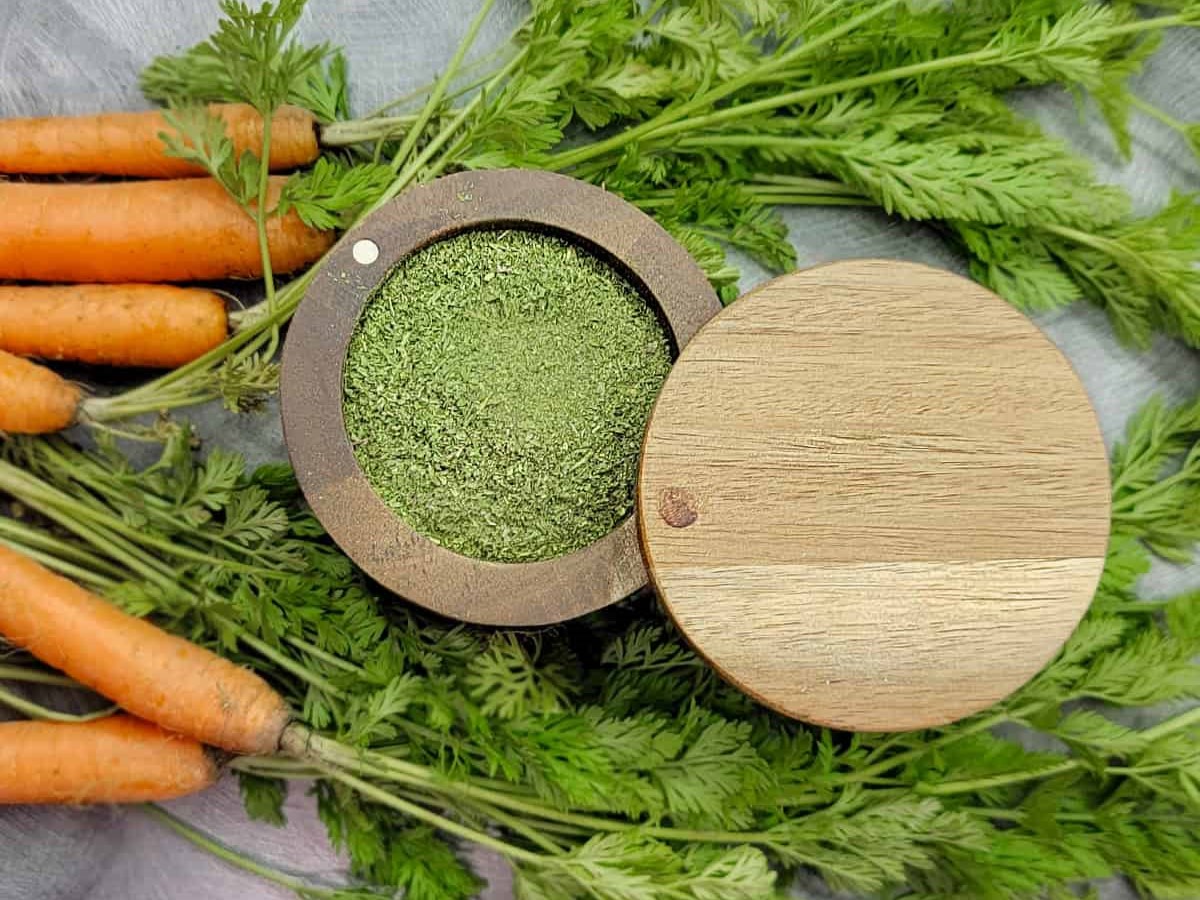

Articles
How To Store Carrot Greens
Modified: December 7, 2023
Learn how to properly store carrot greens in this informative article. Keep your greens fresh and flavorful for longer with these easy tips and tricks.
(Many of the links in this article redirect to a specific reviewed product. Your purchase of these products through affiliate links helps to generate commission for Storables.com, at no extra cost. Learn more)
Introduction
Welcome to our guide on how to store carrot greens! Carrots are a versatile vegetable that can be used in a variety of dishes, from soups and stews to salads and smoothies. But what about those beautiful leafy tops known as carrot greens? These greens are often overlooked or discarded, but they are actually edible and packed with nutrients.
Carrot greens are rich in vitamins A, C, and K, as well as minerals like calcium and potassium. They have a slightly bitter taste that adds a unique flavor to dishes. However, carrot greens have a short shelf life and can wilt quickly if not stored properly.
In this article, we will explore why it’s worth storing carrot greens and provide you with methods for doing so. Whether you want to use the greens in a recipe right away or save them for later use, we’ve got you covered. So, let’s dive in and learn how to make the most of your carrot greens!
Key Takeaways:
- Don’t discard carrot greens! Store them to reduce waste, add unique flavor, and enjoy their nutritional benefits. Try refrigeration, freezing, drying, or pickling for versatile use in your recipes.
- Experiment with storing carrot greens using refrigeration, freezing, drying, or pickling methods to extend their shelf life and enhance their flavor. Reduce waste and maximize the nutritional value of this often overlooked vegetable component.
Read more: How To Store Carrots
Why Store Carrot Greens?
You might be wondering why you should bother storing carrot greens. After all, they’re often considered just a byproduct of the carrot itself. However, there are several reasons why it’s worth keeping and using the greens:
- Nutritional Value: Carrot greens are packed with nutrients. They are an excellent source of vitamins A, C, and K, which are important for maintaining healthy skin, boosting the immune system, and supporting bone health.
- Reducing Food Waste: By storing and using carrot greens, you are practicing sustainable cooking and reducing food waste. Instead of throwing away the tops, you can give them a second life in various dishes.
- Adding Flavor: Carrot greens have a slightly bitter taste that can add complexity and depth to your recipes. They work well in salads, pesto, soups, and even as a garnish.
- Cost Savings: Carrot greens are often sold attached to the carrots themselves, meaning you get them for free. By utilizing the greens, you are maximizing the value and potential of the whole vegetable.
- Health Benefits: The nutrients in carrot greens offer several health benefits. They have antioxidant properties, can aid in digestion, and may even help lower cholesterol levels.
Overall, storing carrot greens allows you to make the most of this often overlooked part of the vegetable. With their nutritional value, flavor, and potential health benefits, there’s no reason not to give them the attention they deserve. Now that you understand the benefits, let’s explore different methods for storing carrot greens to keep them fresh and usable for longer periods.
Methods for Storing Carrot Greens
When it comes to storing carrot greens, there are several methods you can choose from, depending on your preferences and how you plan to use them. Here are four common methods for storing carrot greens:
- Refrigeration: The simplest way to store carrot greens is by refrigerating them. Start by removing any rubber bands or ties around the greens. Rinse them thoroughly under cold water to remove any dirt or debris. Pat them dry with a paper towel and wrap them loosely in a damp paper towel. Place the greens in a plastic bag and store them in the refrigerator’s crisper drawer. They should stay fresh for up to a week using this method.
- Freezing: Freezing is a great option if you want to store carrot greens for an extended period. Start by blanching the greens in boiling water for about 2 minutes, then immediately transfer them to an ice bath to cool. Drain the greens and squeeze out any excess water. Chop the greens into desired sizes and place them in a freezer-safe bag or container. Label and date the container before storing it in the freezer. Frozen carrot greens can last up to 6 months.
- Drying: Another way to store carrot greens is by drying them. This method preserves the greens for a longer time and gives them a concentrated flavor. Remove any rubber bands or ties and rinse the greens thoroughly. Pat them dry and spread them out on a baking sheet. Place the baking sheet in a well-ventilated area, away from direct sunlight. Allow the greens to dry completely, which can take anywhere from a few days to a week depending on the humidity. Once dry, store them in an airtight container in a cool, dark place.
- Pickling: Pickling carrot greens is a unique and flavorful way to store them. Start by rinsing the greens and removing any tough stems. Pack the greens tightly into a clean, sterilized jar. In a small saucepan, combine equal parts water and vinegar, along with your choice of pickling spices, sugar, and salt. Bring the mixture to a boil and then pour it over the greens, ensuring they are fully submerged. Seal the jar and store it in the refrigerator. Allow the greens to pickle for at least a week before using them.
These methods provide different options for storing carrot greens based on your preferences and intended use. Experiment with them to find which method works best for you. In the next section, we’ll share some tips to ensure optimal storage and freshness of your carrot greens.
Method 1: Refrigeration
Refrigeration is one of the simplest and most convenient methods for storing carrot greens. It helps preserve their freshness and extends their shelf life for up to a week. Here’s how to store carrot greens using the refrigeration method:
- Prepare the Greens: Start by removing any rubber bands or ties around the carrot greens. Gently rinse them under cold water to remove any dirt or debris. Be thorough in cleaning the greens to ensure they are ready for storage.
- Pat Dry: After washing, pat the carrot greens dry with a paper towel. Removing excess moisture will help prevent them from wilting and spoiling quickly.
- Wrap in Damp Paper Towel: Take a damp paper towel and wrap it loosely around the carrot greens. The moisture from the paper towel will help keep the greens hydrated and crisp.
- Place in a Plastic Bag: Transfer the wrapped carrot greens to a plastic bag. Seal the bag, leaving a small opening to allow for proper air circulation. Alternatively, you can use a perforated plastic bag or place the greens in a container with a lid, but make sure to keep them slightly open for ventilation.
- Store in the Crisper Drawer: Store the bag of carrot greens in the crisper drawer of your refrigerator. The crisper drawer provides a slightly higher humidity environment, which helps keep the greens fresh and prevents them from wilting quickly.
- Check and Use Within a Week: Periodically check the carrot greens for any signs of wilting or spoilage. If you notice any sliminess or discoloration, discard the affected greens. Ideally, use the carrot greens within a week to ensure they are still fresh and flavorful.
By following these steps, you can effectively store carrot greens in the refrigerator and enjoy their freshness for an extended period. Refrigeration is a great method if you plan to use the greens in salads, soups, or other recipes that require them to be fresh and crisp.
Now that you know how to store carrot greens using the refrigeration method, let’s explore another method that allows you to store them for a longer time: freezing.
Method 2: Freezing
Freezing is a fantastic method for storing carrot greens if you want to extend their shelf life and have them readily available for future use. Freezing helps preserve the freshness and nutrients of the greens for up to six months. Here’s how to freeze carrot greens:
- Blanch the Greens: Start by blanching the carrot greens. Blanching helps preserve the color, texture, and nutrients of the greens. Bring a pot of water to a boil and carefully add the greens. Blanch them for about 2 minutes.
- Cool in an Ice Bath: Once the greens have been blanched, immediately transfer them to an ice bath. The ice bath stops the cooking process and helps the greens retain their vibrant color. Let them sit in the cold water for a few minutes, then drain.
- Remove Excess Water: After draining, gently squeeze out any excess water from the greens. This step helps prevent ice crystals from forming and freezer burn during the freezing process.
- Chop or Leave Whole: Decide whether you want to freeze the carrot greens in whole bunches or chop them into smaller pieces. Consider how you plan to use them in future recipes, as this will help determine the size you prefer.
- Freeze in Portions: Place the chopped or whole carrot greens in freezer-safe bags or containers. It’s a good idea to portion them into smaller quantities that you’re likely to use in one go. This way, you can easily grab what you need without thawing the entire batch.
- Label and Date: Before sealing the bags or containers, label them with the contents and the date of freezing. This ensures you can keep track of how long the carrot greens have been frozen and maintain proper rotation.
- Store in the Freezer: Transfer the bags or containers to the freezer and place them in a flat position to allow for easy stacking and organization. Make sure the freezer temperature is set to 0°F (-18°C) or below for optimal storage.
- Thaw and Use: When you’re ready to use the frozen carrot greens, simply remove the desired portion from the freezer and thaw them in the refrigerator overnight or use the defrost setting on your microwave. Once thawed, the greens can be used in your favorite recipes.
By following these steps, you can easily freeze carrot greens and enjoy their freshness and nutritional benefits throughout the year. Whether you want to add them to soups, stews, or sautés, having frozen carrot greens on hand makes it convenient to incorporate them into your cooking.
Now that you’ve learned how to freeze carrot greens, let’s explore another method: drying.
Store carrot greens in a damp paper towel in the refrigerator to keep them fresh for up to a week. Change the paper towel if it becomes too wet.
Read more: How To Store Carrots In Sand
Method 3: Drying
Drying carrot greens is an excellent method for long-term storage. It removes the moisture from the greens, allowing them to be stored for an extended period while retaining their flavor. Dried carrot greens can be used in teas, seasonings, or added to dishes during cooking. Here’s how to dry carrot greens:
- Rinse and Dry: Begin by rinsing the carrot greens thoroughly under cold water to remove any dirt or debris. Shake off any excess water and pat them dry with a paper towel. Removing as much moisture as possible is crucial for successful drying.
- Remove Stems: Remove any tough stems from the carrot greens. The stems can be fibrous and take longer to dry, so it’s best to focus on the leafy parts.
- Prepare Drying Area: Find a well-ventilated area that is away from direct sunlight. You can use a drying rack, a clean window screen, or even hang the greens upside down with a string or clothespin. Ensure there is enough space between the greens for proper airflow.
- Air Dry: Place the carrot greens on the drying rack or screen, making sure they are arranged in a single layer. Allow them to air dry completely, which may take several days to a week depending on the humidity level.
- Check for Dryness: Once the carrot greens feel dry to the touch and crumble easily, they are ready to be stored. Avoid storing them if they still feel soft or show any signs of moisture.
- Store in an Airtight Container: Transfer the dried carrot greens to an airtight container, such as a glass jar or airtight plastic bag. Make sure the container is clean and dry before adding the greens. Label the container with the date of drying to keep track of freshness.
- Store in a Cool, Dark Place: To maintain freshness, store the container of dried carrot greens in a cool, dark place, such as a pantry or cupboard. Avoid exposing them to sunlight or heat, as this can degrade their quality.
- Rehydrate Before Use: When you’re ready to use the dried carrot greens, rehydrate them by soaking them in water for a few minutes or adding them directly to soups or stews during cooking. They will absorb moisture and regain some of their original texture.
By following these steps, you can successfully dry carrot greens for long-term storage. Whether you plan on using them for their flavor or for their potential health benefits, dried carrot greens can be a versatile addition to your culinary arsenal.
Now that you’ve learned how to dry carrot greens, let’s explore the final method: pickling.
Method 4: Pickling
Pickling carrot greens is a unique and flavorful way to store them. The pickling process enhances their taste and extends their shelf life. Pickled carrot greens can be used as a tasty condiment, a tangy addition to salads, or a garnish for various dishes. Here’s how to pickle carrot greens:
- Rinse the Greens: Start by rinsing the carrot greens thoroughly under cold water to remove any dirt or debris. Shake off any excess water and pat them dry with a paper towel.
- Remove Tough Stems: Remove any tough stems from the carrot greens, as they can be fibrous and less enjoyable to eat after pickling. Focus on using the leafy parts for pickling.
- Pack in a Sterilized Jar: Pack the cleaned carrot greens tightly into a clean, sterilized jar. Ensure there is enough space left at the top to accommodate the pickling liquid.
- Prepare the Pickling Liquid: In a small saucepan, combine equal parts water and vinegar, such as white vinegar or apple cider vinegar. Add your preferred pickling spices, such as mustard seeds, peppercorns, or dill. You can also add sugar and salt to taste.
- Heat the Pickling Liquid: Place the saucepan over medium heat and bring the pickling liquid to a boil. Let it simmer for a few minutes to allow the flavors to meld together.
- Pour the Pickling Liquid: Carefully pour the hot pickling liquid over the packed carrot greens in the jar. Make sure the greens are fully submerged in the liquid.
- Seal the Jar: Place a lid on the jar and ensure it is sealed tightly. Give the jar a gentle shake to distribute the pickling liquid and spices evenly.
- Refrigerate and Wait: Transfer the sealed jar to the refrigerator and allow the carrot greens to pickle for at least a week. The longer they sit, the stronger the flavor will be. However, you can start tasting them after a week to see if they have reached the desired level of pickling.
- Enjoy and Store: Once the carrot greens are ready, you can start enjoying them in various dishes. They will remain fresh and flavorful in the refrigerator for several weeks. Make sure to use clean utensils when retrieving the pickled carrot greens and reseal the jar tightly after each use.
Pickling carrot greens not only preserves their freshness but also introduces a tangy and complex flavor profile. Whether you want to snack on them straight from the jar or incorporate them into your favorite recipes, pickled carrot greens will add a delightful twist to your culinary creations.
Now that you’ve explored different methods for storing carrot greens, let’s move on to some general tips to help you store them effectively.
Tips for Storing Carrot Greens
To ensure the optimal storage and freshness of your carrot greens, here are some handy tips to keep in mind:
- Handle with Care: Treat the carrot greens gently to avoid bruising or damaging them. Avoid squeezing or crushing the greens when washing or storing them.
- Choose Fresh Greens: Select carrot greens that are fresh, vibrant in color, and free from yellowing or wilting. Fresh greens will have a better flavor and longer shelf life.
- Remove Rubber Bands or Ties: Remove any rubber bands or ties around the greens before storing them. These can inhibit proper airflow and cause the greens to spoil faster.
- Store Separately from Carrots: Carrots and their greens have different storage requirements. It’s best to separate the greens from the carrots to prevent moisture transfer and maintain the quality of both.
- Revive Wilted Greens: If you end up with slightly wilted carrot greens, you can restore their crispness by placing them in a bowl of cold water for a few minutes. They should perk up and become more vibrant.
- Consider Multiple Storage Methods: Don’t be afraid to try different storage methods for carrot greens. You can refrigerate some for immediate use, freeze a portion for long-term storage, dry a batch for teas and seasonings, and pickle another portion for a unique flavor.
- Label and Date: Properly labeling your stored carrot greens with the date of storage helps you keep track of freshness. This ensures you use the oldest greens first and maintain proper rotation.
- Inspect Regularly: Periodically check your stored carrot greens for any signs of spoilage, such as sliminess or mold. Remove any damaged or spoiled greens to prevent them from affecting the entire batch.
- Store in Clean and Dry Containers: Whether you’re using bags, jars, or containers, make sure they are clean, dry, and airtight. Moisture and contaminants can lead to quicker spoilage.
- Experiment with Recipes: Don’t limit yourself to using carrot greens in the usual recipes. Get creative and experiment with incorporating them into salads, pesto, smoothies, or even stir-fries. Their slightly bitter taste adds a unique and refreshing twist.
By following these tips, you’ll be able to store carrot greens effectively and make the most of their freshness and flavor. Whether you prefer to use them immediately or save them for later, proper storage ensures you can enjoy the versatile benefits of carrot greens in your culinary adventures.
Now that you’re armed with the knowledge of storing carrot greens, it’s time to put it into practice. Enjoy the nutritional bounty and culinary delights that carrot greens have to offer!
Conclusion
Carrot greens are a valuable, often overlooked part of the carrot plant. Not only are they packed with nutrients, but they also provide a unique flavor and can be used in a variety of dishes. By properly storing carrot greens, you can ensure their freshness, maximize their shelf life, and reduce food waste.
In this article, we explored different methods for storing carrot greens, including refrigeration, freezing, drying, and pickling. Each method offers its own benefits and allows you to adapt to your preferences and intended use for the greens.
Refrigeration is a simple and convenient way to keep carrot greens fresh for up to a week. Freezing extends their shelf life to several months, making them readily available for future use. Drying preserves carrot greens for long-term storage and intensifies their flavor, while pickling adds a tangy and complex twist for various culinary applications.
To ensure the best results, remember to handle carrot greens with care, separate them from the carrots, and choose fresh greens for storage. Regularly check and inspect the stored greens for any signs of spoilage and label them with the date of storage to maintain proper rotation.
Whether you choose to enjoy carrot greens immediately or save them for later, there are countless creative ways to incorporate them into your favorite recipes. From salads and soups to pesto and smoothies, the slightly bitter taste of carrot greens adds a refreshing and nutritious twist.
By utilizing proper storage techniques and exploring different methods, you can fully appreciate and make the most of this versatile and vibrant green. So, next time you bring home a bunch of carrots, remember to save and store the carrot greens – a small effort that goes a long way in enriching your culinary repertoire and promoting sustainability in your kitchen.
Frequently Asked Questions about How To Store Carrot Greens
Was this page helpful?
At Storables.com, we guarantee accurate and reliable information. Our content, validated by Expert Board Contributors, is crafted following stringent Editorial Policies. We're committed to providing you with well-researched, expert-backed insights for all your informational needs.
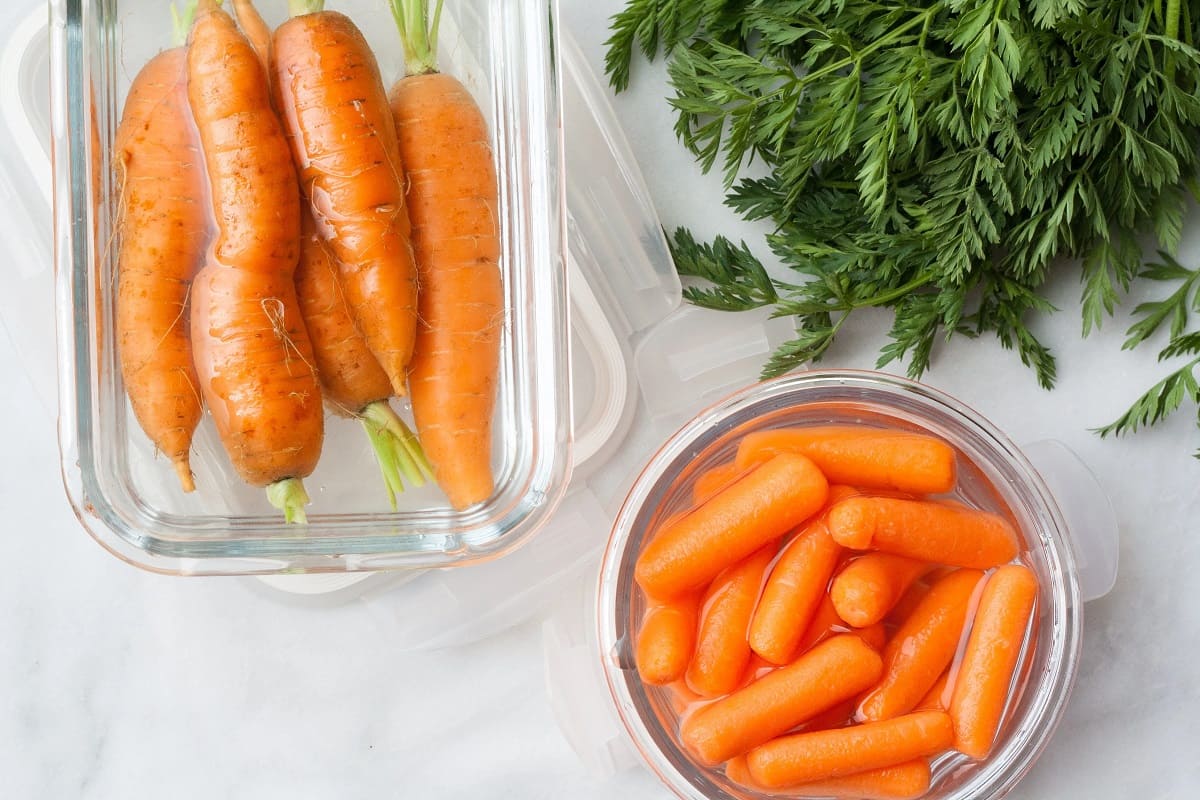
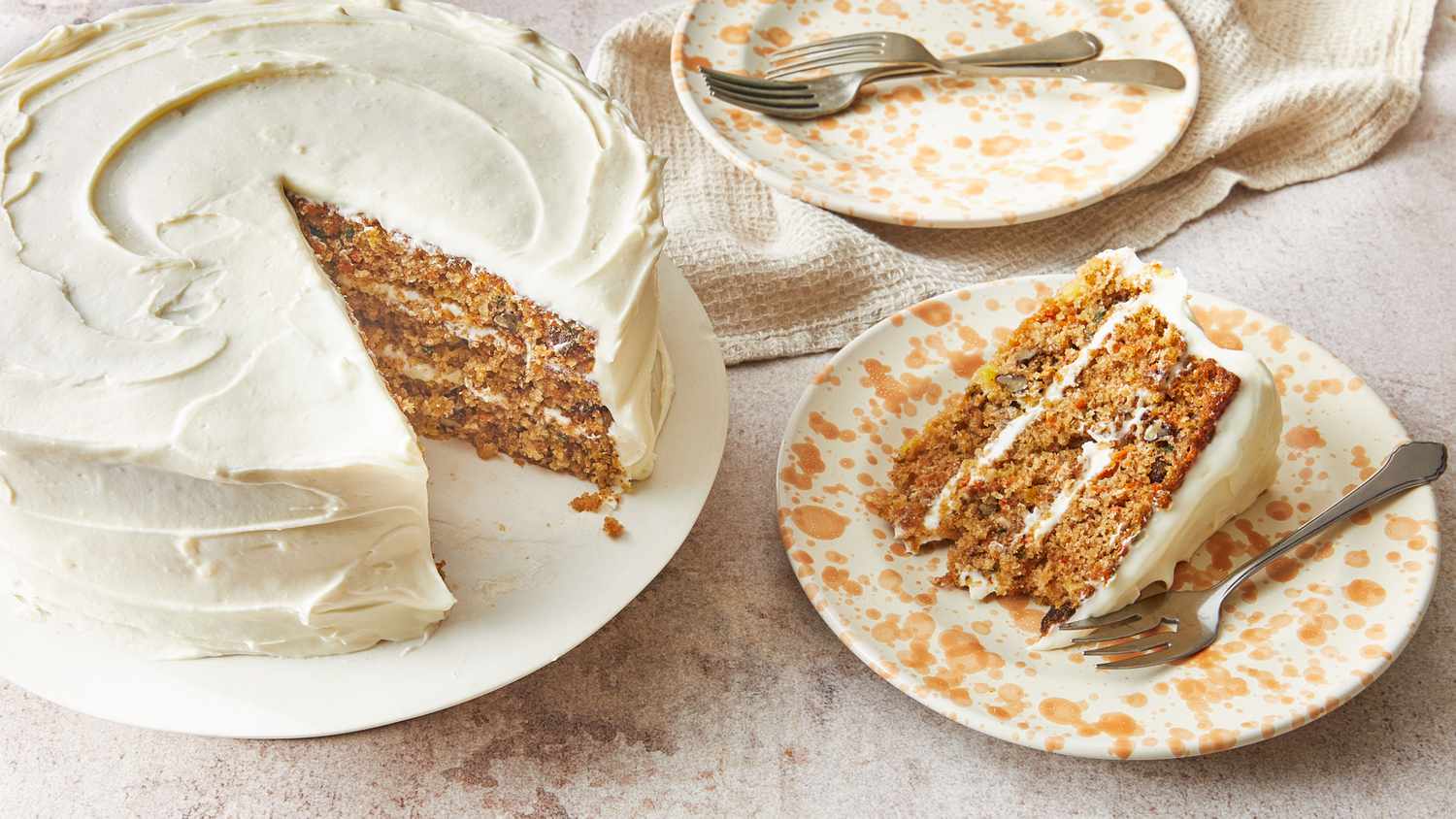
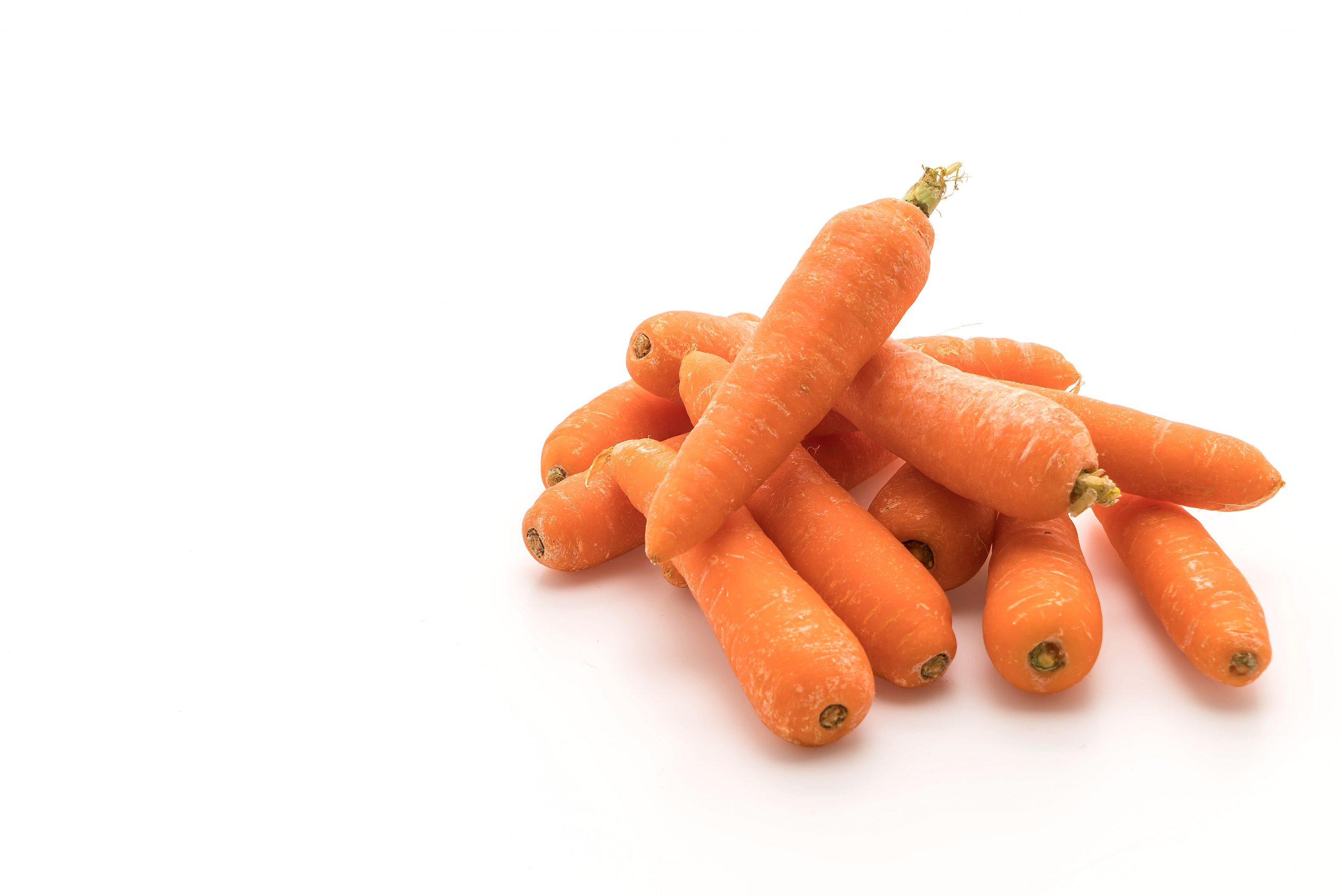
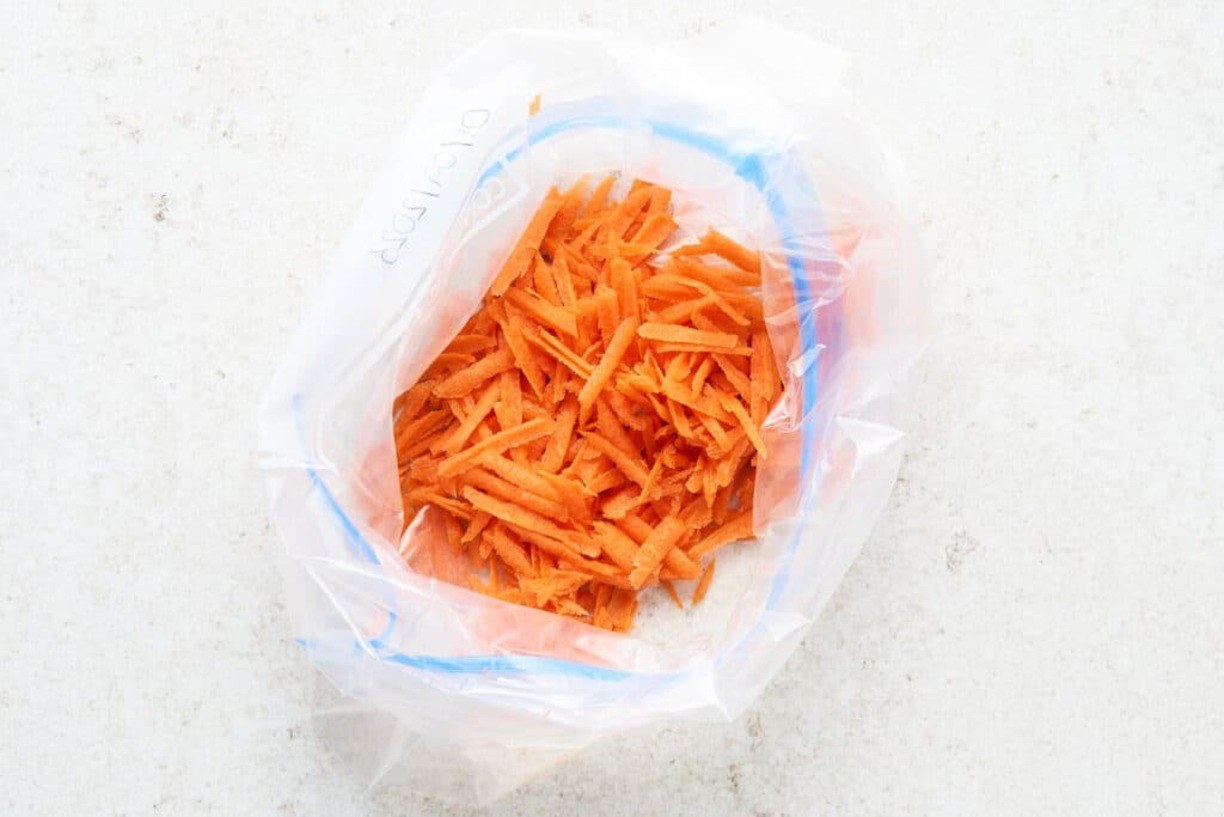
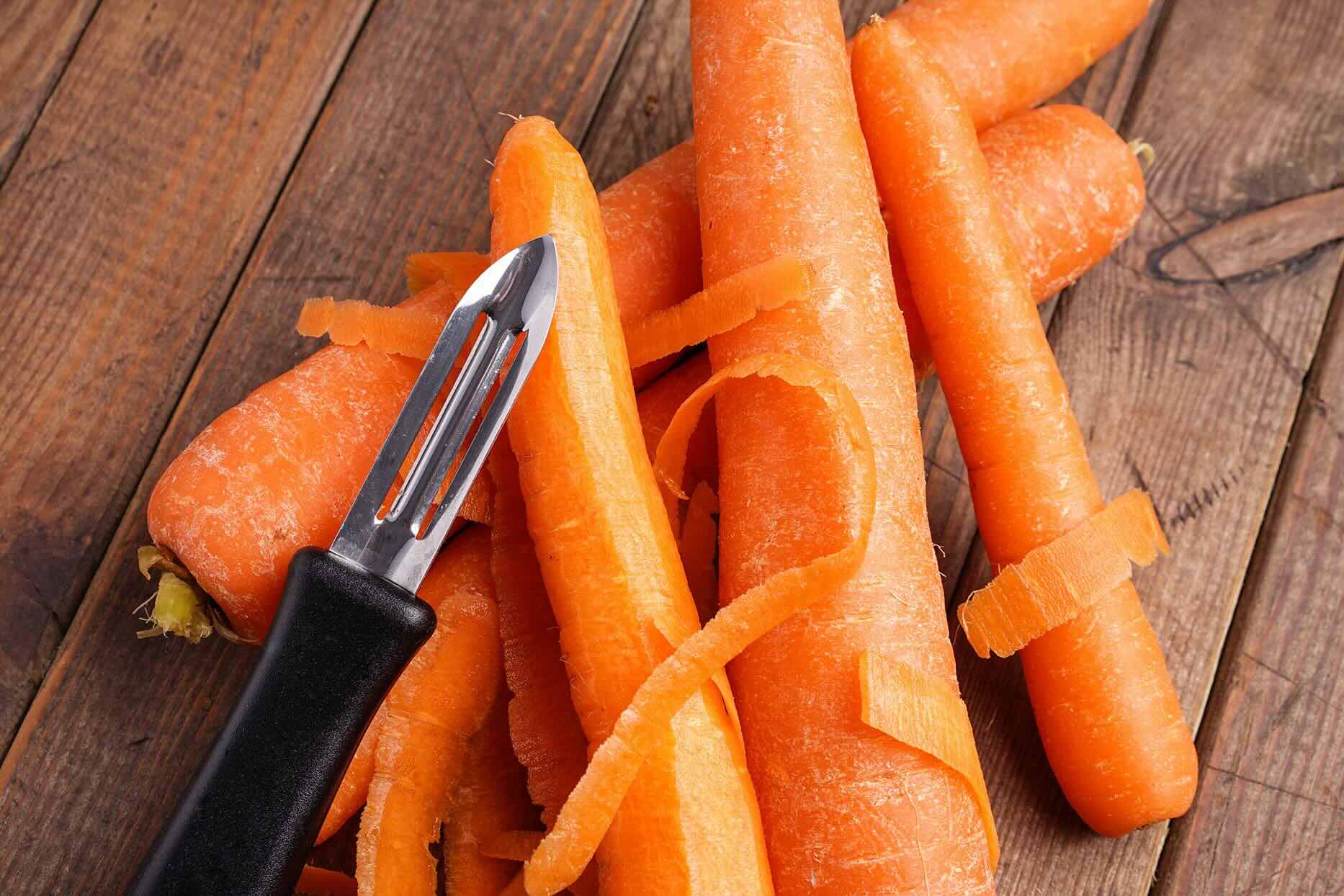
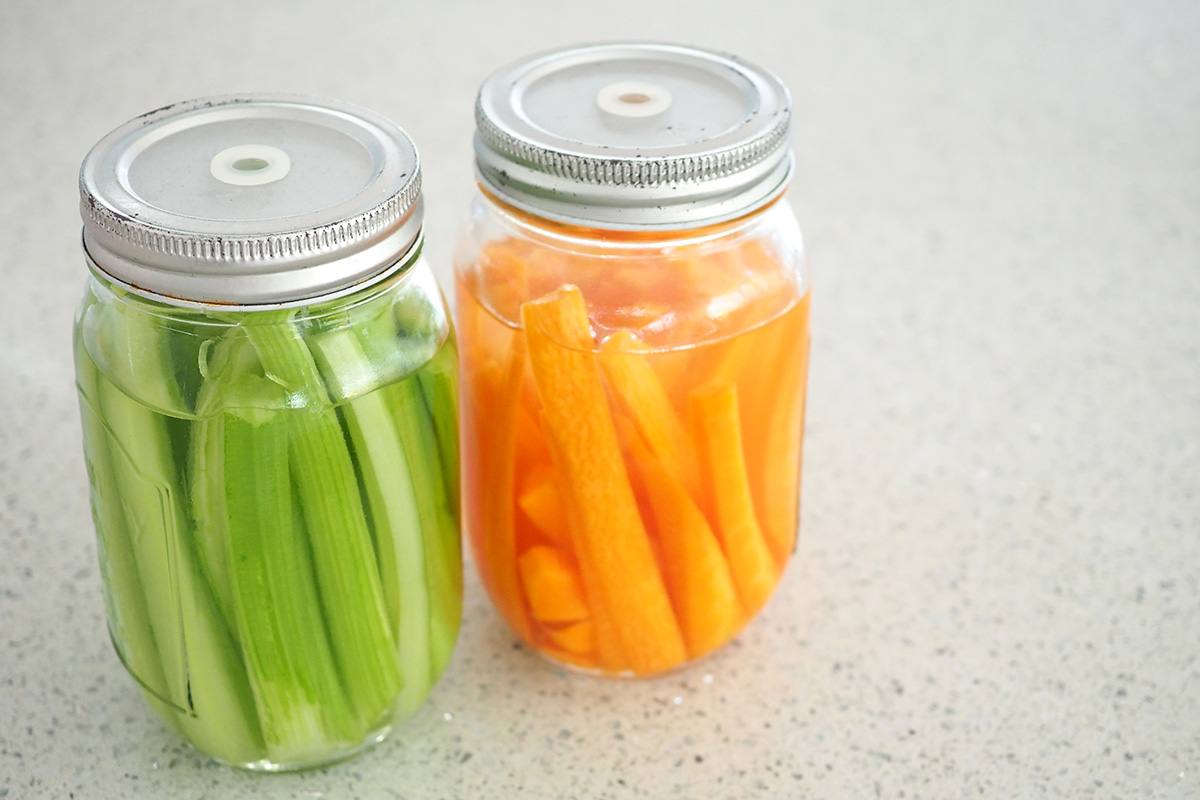

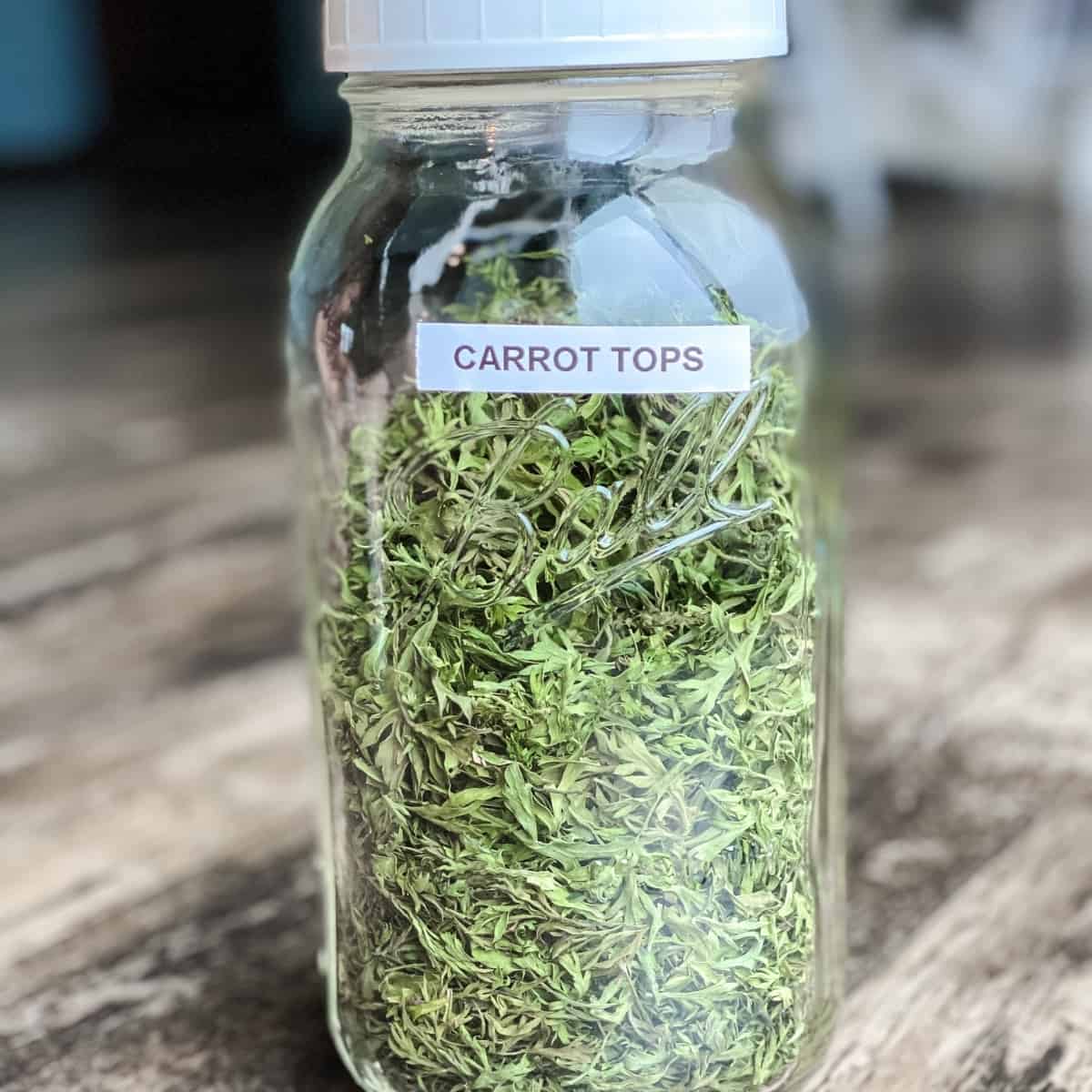
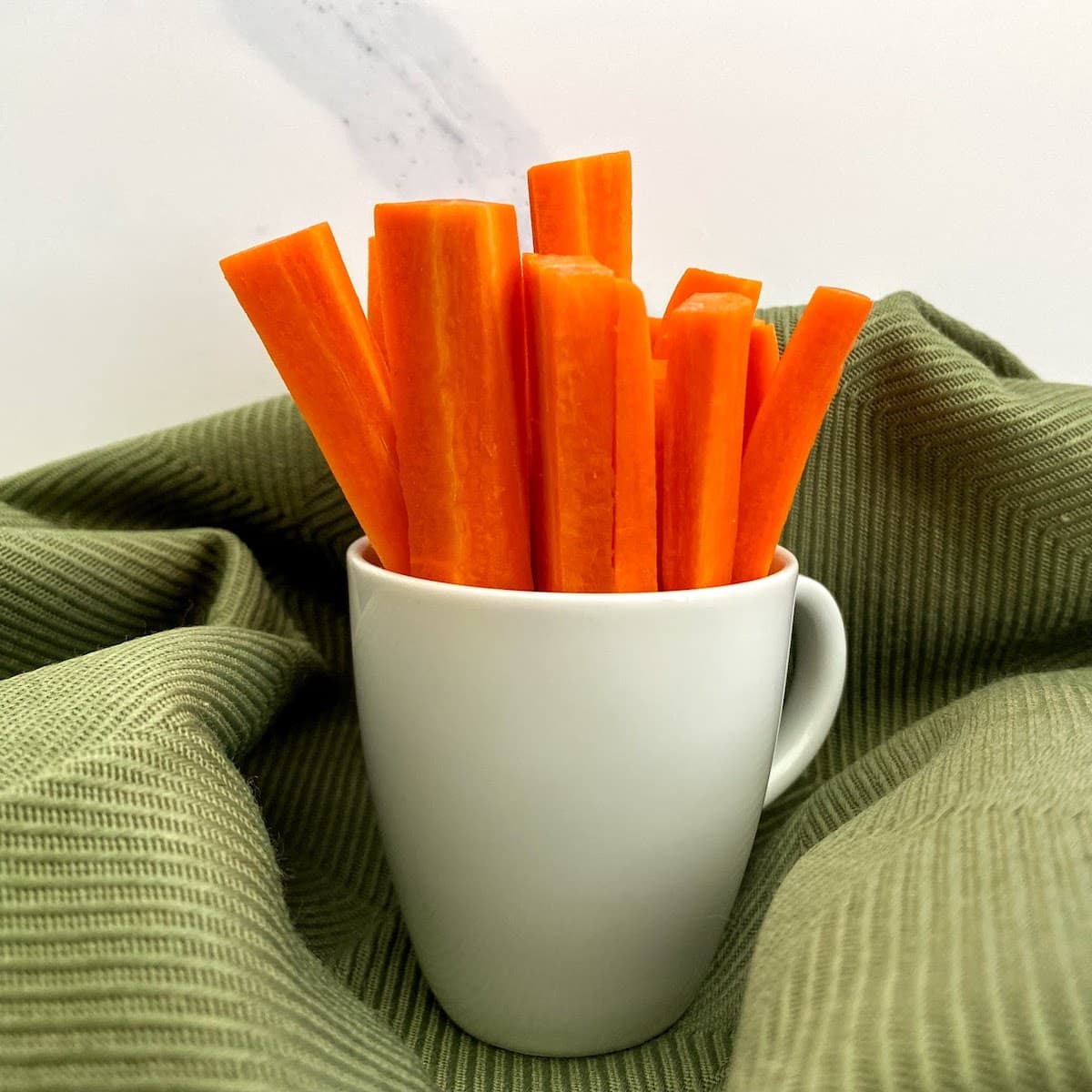
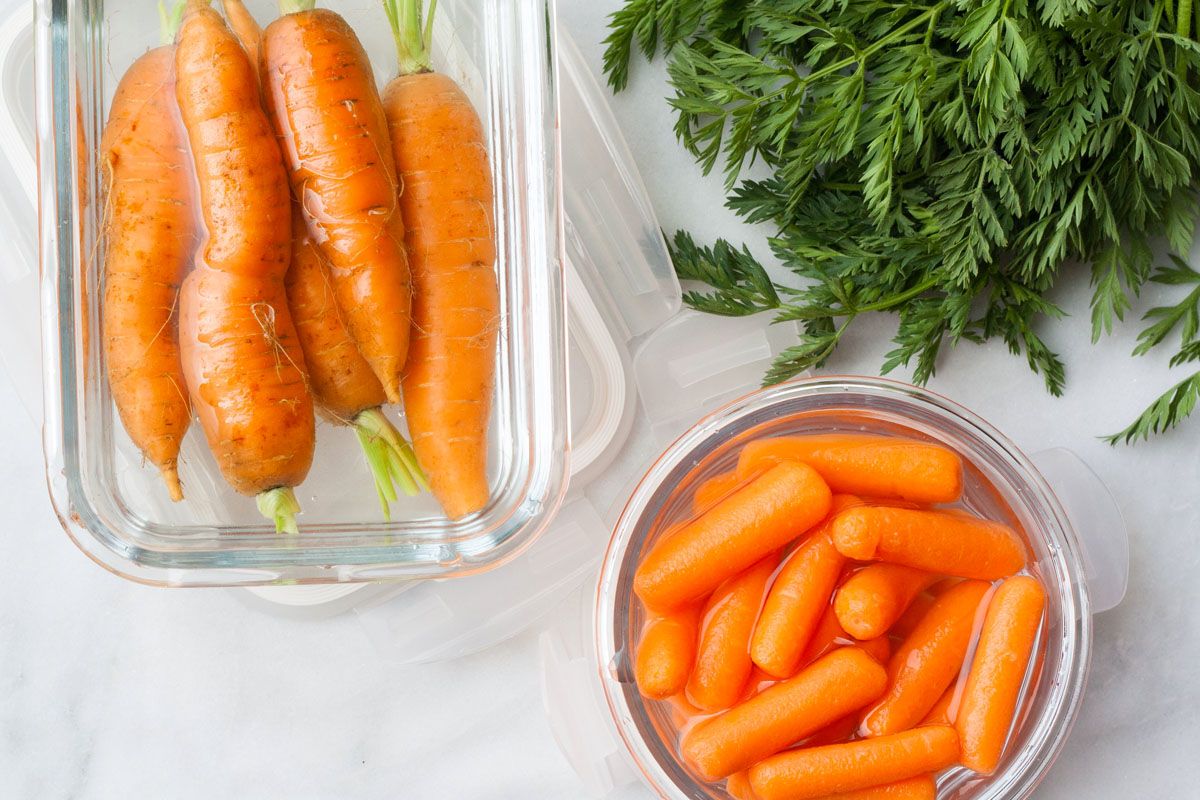
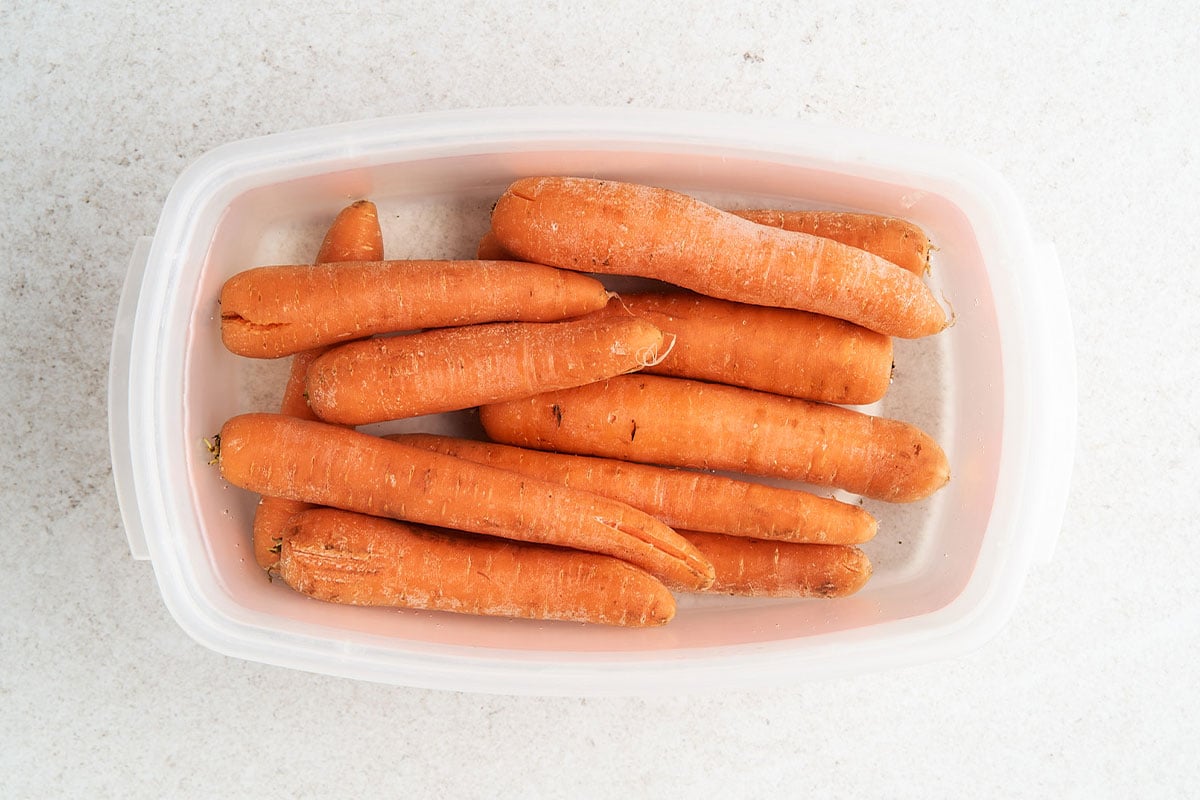
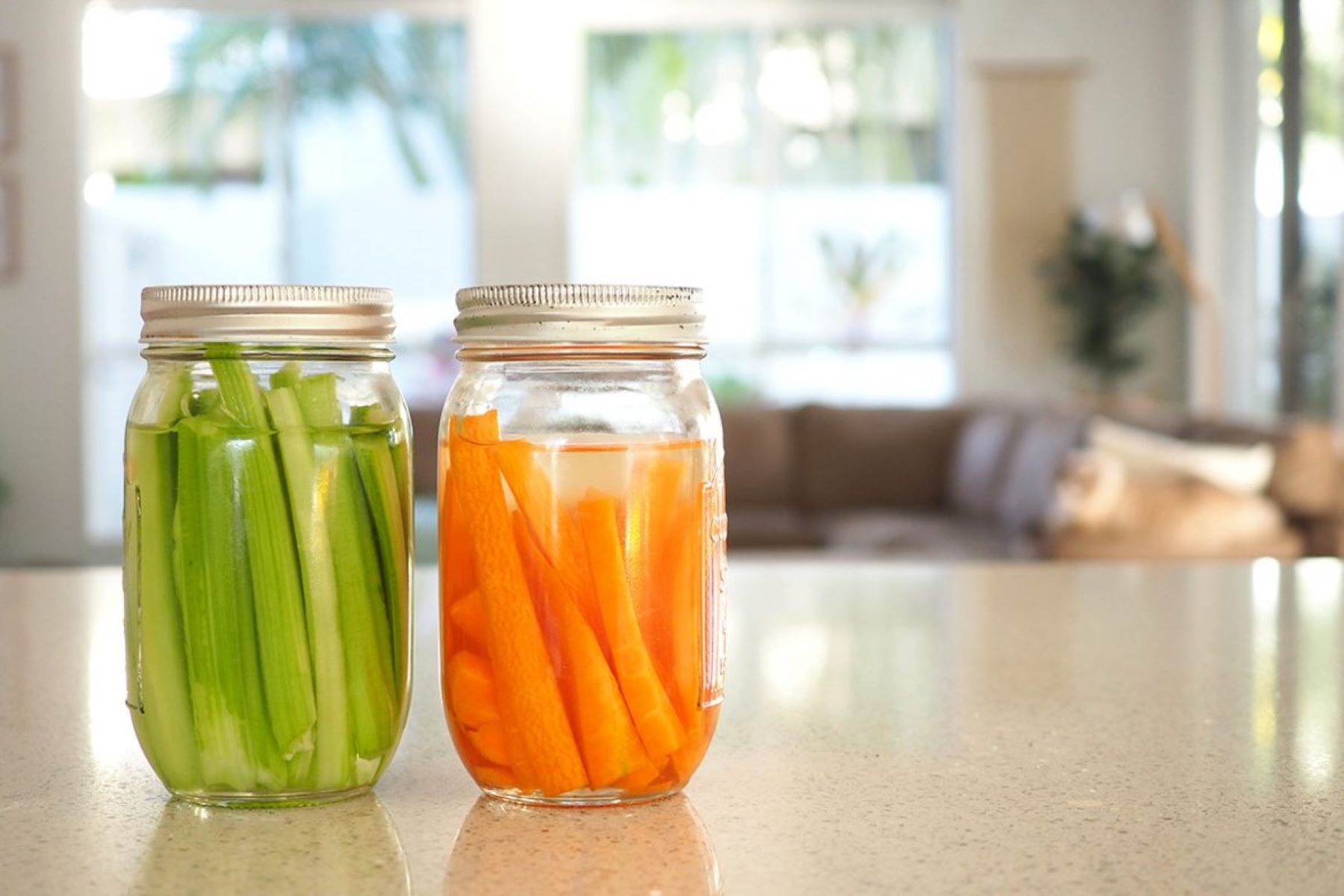
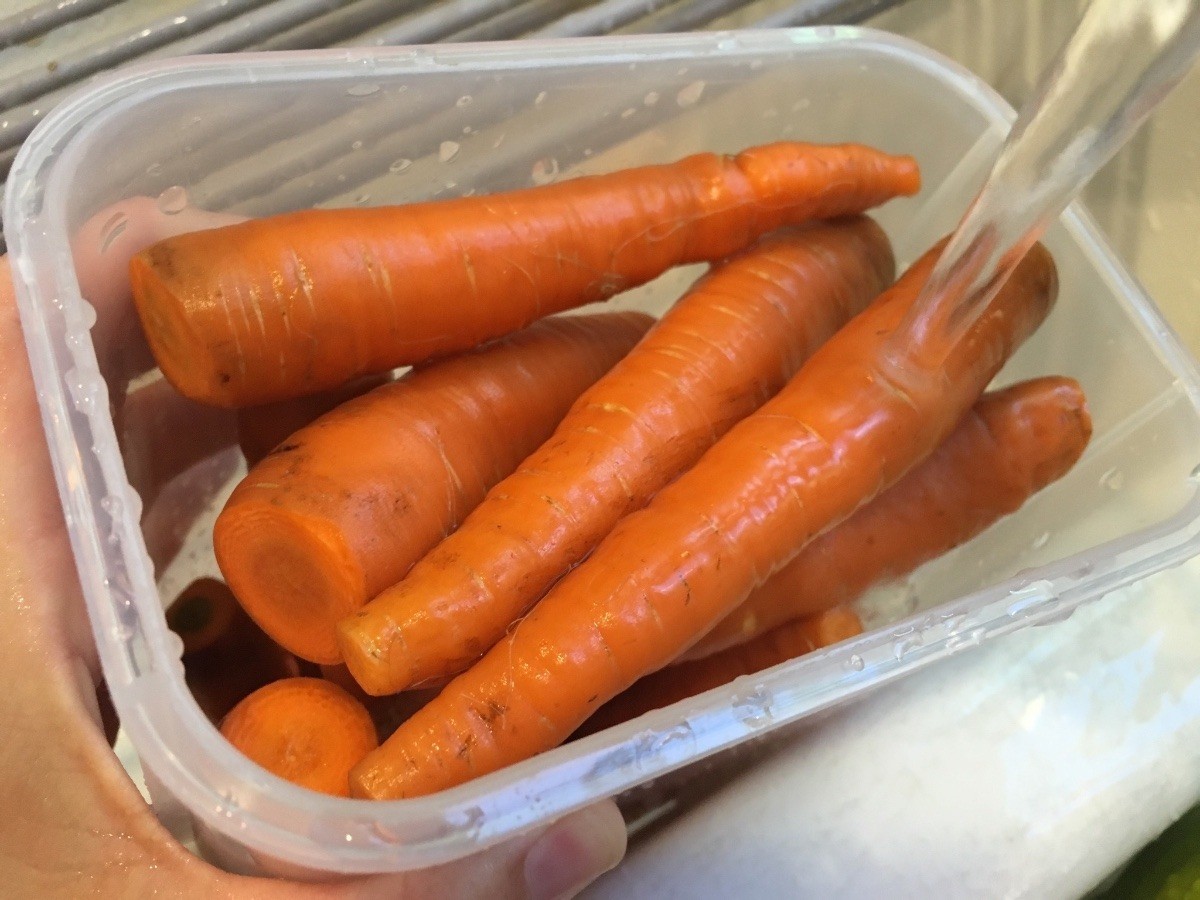
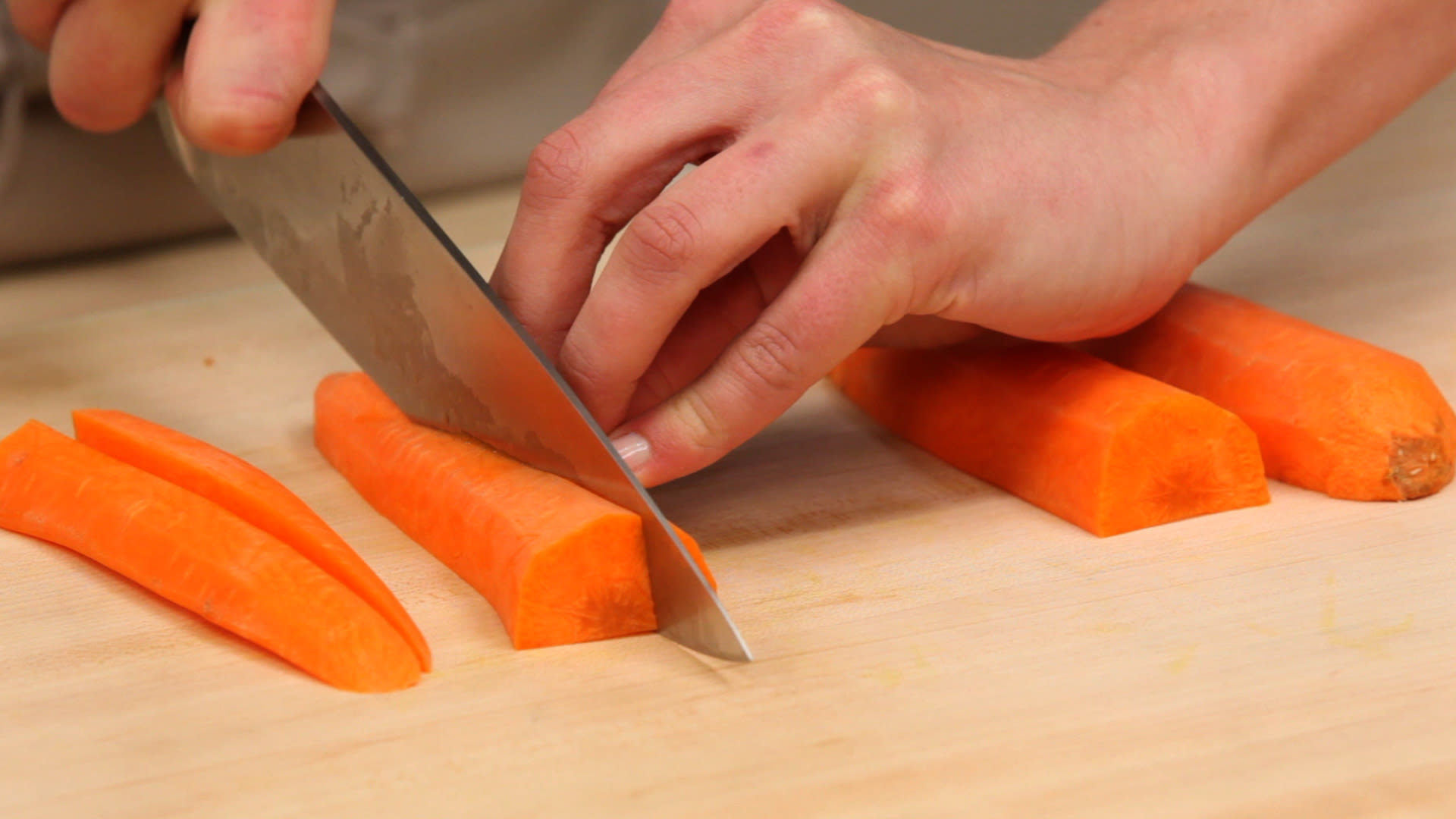

0 thoughts on “How To Store Carrot Greens”